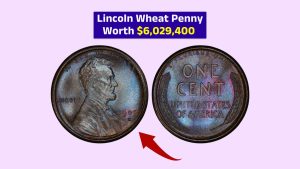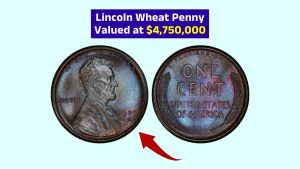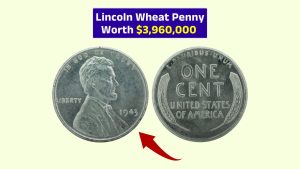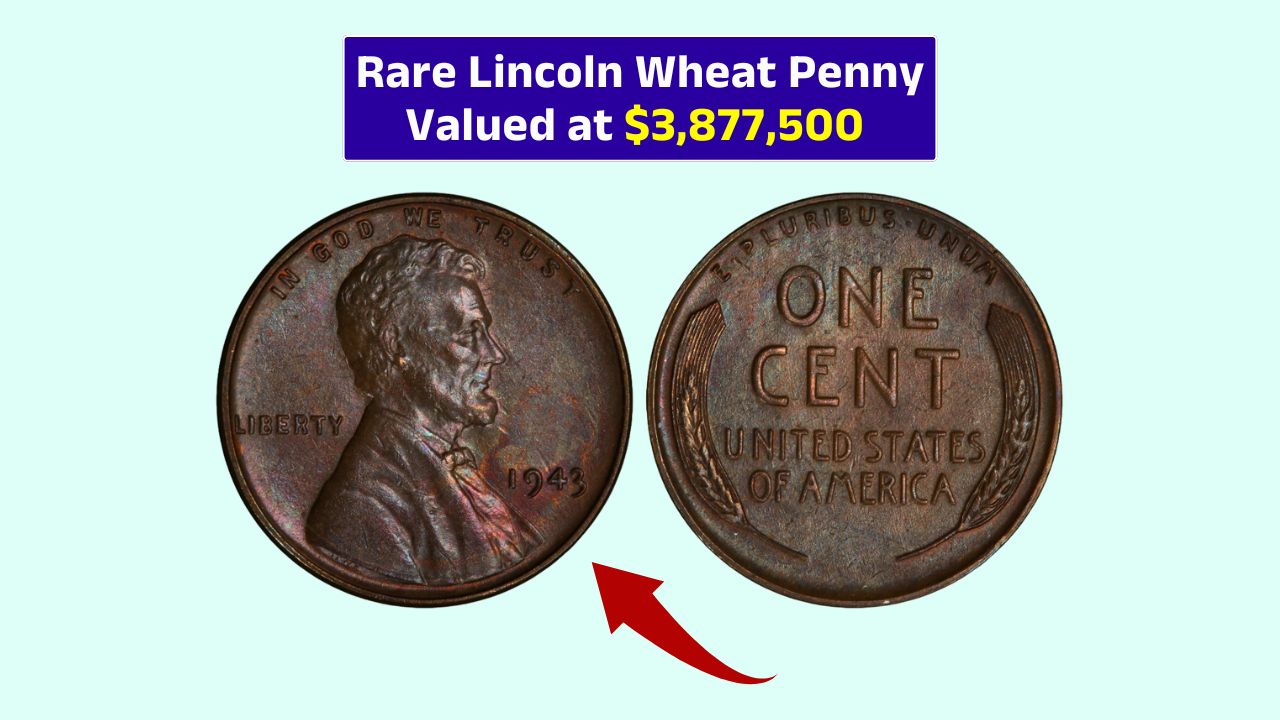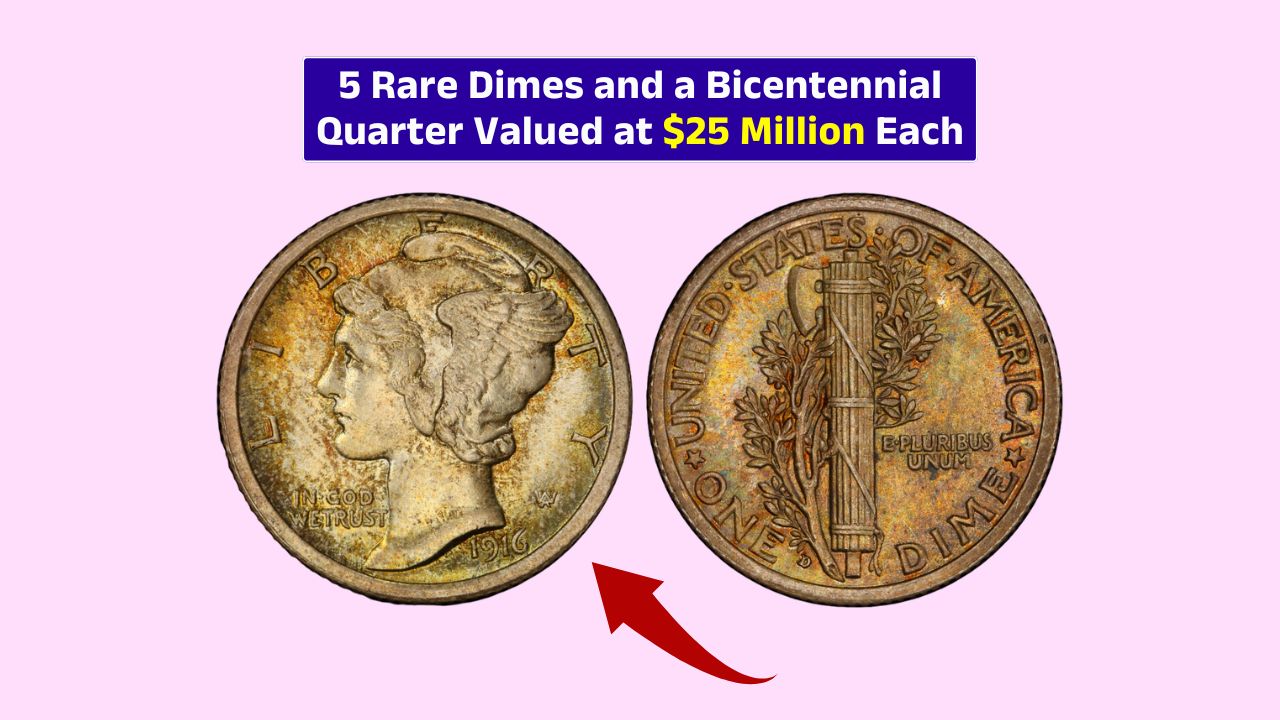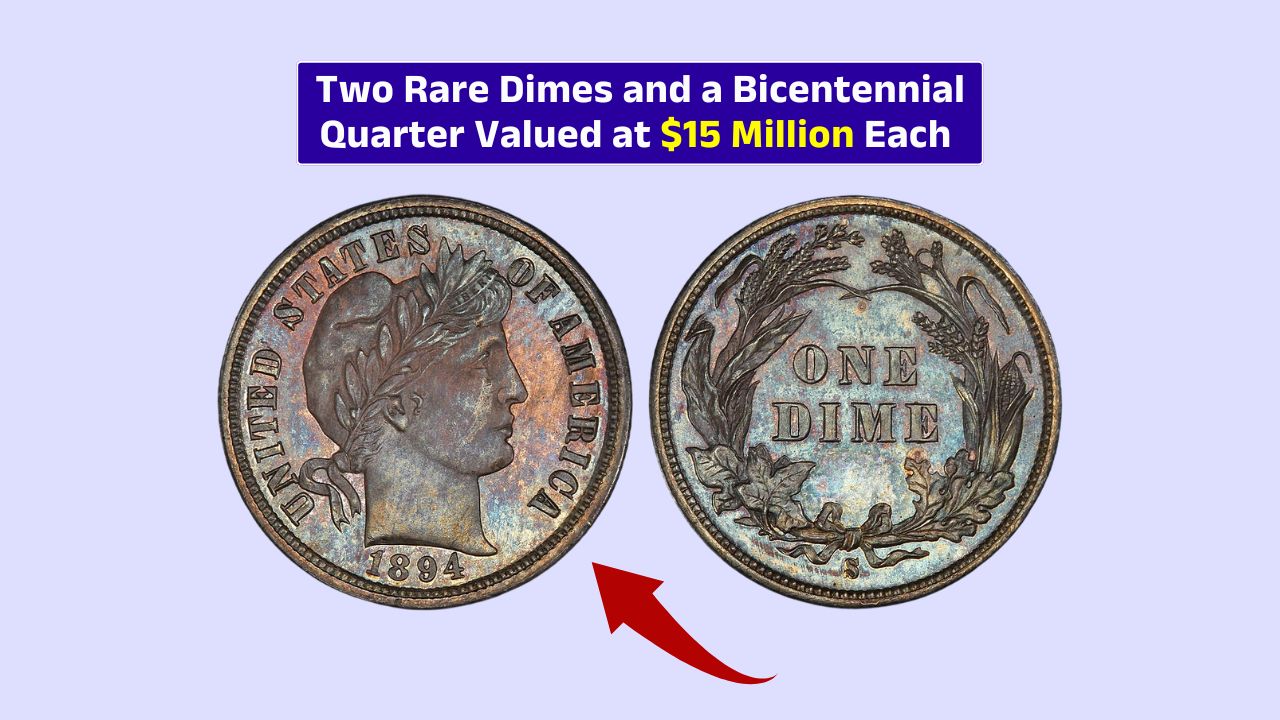Minted at the dawn of America’s independence, the 1795 Flowing Hair Half Dollar isn’t just old money—it’s a slice of early U.S. history. With one recently selling for $26,437.50, this coin has captured the attention of collectors for decades. So, what makes it so valuable? Let’s break it down.
Origins
Right after the U.S. gained its independence, the country needed to create its own currency. Until then, coins from other countries—like Spanish dollars—were commonly used. That changed in 1792, when Congress established the U.S. Mint in Philadelphia.
Just two years later, in 1794, the first official coins were struck, including the Flowing Hair Half Dollar.
The 1795 version was the second and final year of this short-lived design. Though more were produced than in 1794, very few have survived in good shape. That makes these coins extremely rare—and valuable.
Design
Designed by Robert Scot, the Flowing Hair Half Dollar is a work of art. Liberty’s face, framed by loose, flowing hair, graces the front side. It’s a nod to classical beauty and American ideals of freedom. On the reverse side, a small eagle is surrounded by a simple wreath—a humble yet powerful national symbol.
Scot’s design was the first official imagery on American coinage. Though the design changed quickly, its impact on numismatics (the study of coins) is massive.
Details
Here’s what you need to know about the coin’s physical makeup:
| Feature | Description |
|---|---|
| Metal Composition | 89.24% Silver, 10.76% Copper |
| Weight | About 13.48 grams |
| Diameter | Approx. 32.5 mm |
| Year Minted | 1795 |
| Mintage Quantity | Around 299,680 coins |
These specs give the coin a solid, substantial feel—larger than today’s half dollars.
Varieties
Here’s where things get interesting. Even within the 1795 Flowing Hair Half Dollar series, small details set certain coins apart:
- Two Leaves vs. Three Leaves: Check the leaves under the eagle’s wings. Some coins have two, others three.
- Centered vs. Uncentered Drapery: On Liberty’s gown, the drapery’s position varies due to die misalignment.
These tiny differences can make a huge impact on a coin’s market value. Collectors hunt for these variants like treasure.
Rarity
Even though nearly 300,000 were struck in 1795, few have survived the test of time. Many were lost, melted down, or damaged. Today, high-grade versions are exceedingly rare.
The recent $26,437.50 sale price? That was for a well-preserved example, sold on March 30, 2025. And depending on its variety, strike quality, and grade, some coins in this series have fetched much higher prices.
Legacy
This coin isn’t just valuable because it’s rare—it’s valuable because it tells a story. The 1795 Flowing Hair Half Dollar represents the very beginning of America’s journey in creating a monetary system.
It’s the first time Americans held coins made by their own country, featuring symbols chosen to reflect their values.
Owning one today isn’t just about collecting—it’s about preserving a piece of the nation’s foundation.
So, whether you’re a seasoned collector or just fascinated by history, this coin offers something truly special. Its value isn’t just in silver—it’s in significance.
FAQs
What is a 1795 Flowing Hair Half Dollar?
It’s an early U.S. silver coin showing Liberty with flowing hair.
How much is it worth today?
One sold for $26,437.50 in March 2025.
Who designed the coin?
Robert Scot, the first U.S. Mint Chief Engraver.
Why is the coin so rare?
Few survived from the original 299,680 mintage.
What are the coin’s metal contents?
It’s made of 89.24% silver and 10.76% copper.


